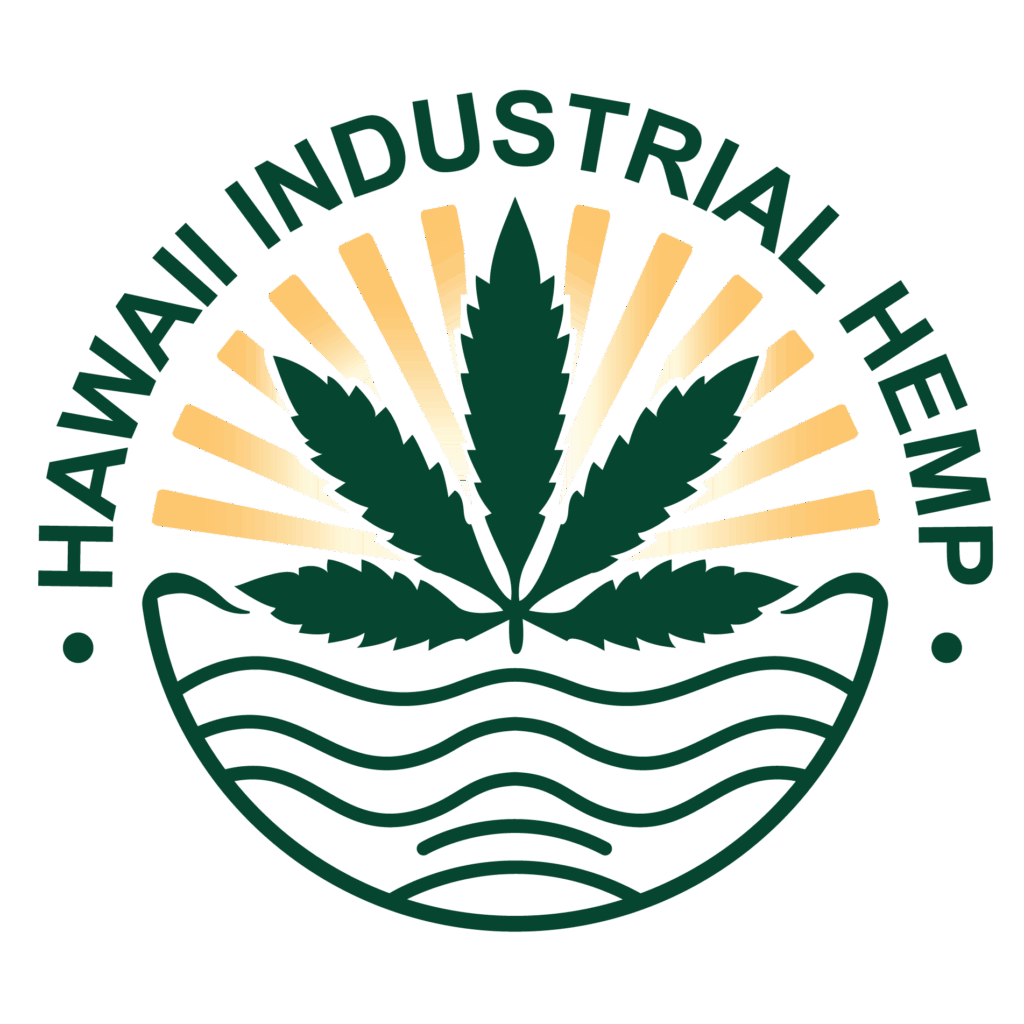Establishing Industrial Hemp as a Cornerstone of Hawaiʻi’s Sustainable Future
Our mission is to revitalize local agriculture, regenerate our lands, and build a resilient, circular economy that benefits our communities for generations to come.
- Cultivating hemp responsibly to restore soils, support local farmers, and create green jobs.
- Developing local infrastructure for processing and manufacturing, enabling Hawaiʻi to produce its own fiber, building materials, and renewable fuels.
- Innovating in sustainable construction, using hempcrete and other hemp-based materials to address urgent housing needs and reduce environmental impact.
- Advocating for supportive policies, education, and research that empower Hawaiʻi to lead in regenerative agriculture and industry.
- Ensuring that the economic and environmental benefits of hemp stay rooted in our islands, strengthening communities and reducing dependence on imports.
By harnessing the unique potential of industrial hemp and working collaboratively across sectors, we will help Hawaiʻi transition from reliance on imports to a thriving, homegrown industry—keeping more of our residents’ hard-earned money in the islands and perpetuating the life of the land in righteousness.

